What data recovery tools to buy if you want to start a data recovery business?
Free video data recovery training on how to recover lost data from different hard drives?
Where to buy head and platter replacement tools at good prices?
Data recover case studies step by step guide
I want to attend professional data recovery training courses
Due to virus infection or corruption of system files or Windows registry settings, the system could not locate the essential files to start up the windows.
The following system files required to be safe and then the system can boot up properly.
In case of Windows 95 / 98 / ME, these files are msdos.sys, config.sys, autoexec.bat, system.ini, system.dat, user.dat, etc.
In case of Windows NT / 2000 / XP these files are: NTLDR, ntdetect.com, boot.ini, located at the root folder of the bootable volume, Registry files (i.e., SAM, SECURITY, SYSTEM and SOFTWARE), etc.
How can we handle such data loss due to missing/corrupting system files?
Suggestion 1: Using System File Checker
First, boot up Windows in Safe Mode. Safe mode is a diagnostic mode that is loaded with absolute minimal configuration and generic drivers that allows you to troubleshoot system error and corruption within the Windows environment.
If you can enter Safe Mode successfully, you can use the System File Checker to detect and replace corrupted files automatically.
For Windows 98 Users,
1. Click Start, select Run
2. Type in: sfc
3. Select Scan For Altered Files
4. Click Start
System File Checker will scan your Windows folder and prompt you to replace any files that are corrupted. You are then given the choice to restore or ignore the corruption.
5. Alternatively to replace a specific file, type drive:\Windows\path\file (where drive refers to the Windows directory which is generally C, path is the folder which the file is contained in and file is the file that you want to extract)
6. Click Start
7. In the Restore From text box, type in: C:\WINDOWS\options\cabs
8. In the Save File In text box, type in the location of the file which is to be replaced or use the Browse button to select the directory
9. Click Start, and then follow the instructions on the screen
For Windows XP/2000 Users
1. Insert the Windows Setup Disc into your computer
2. Click Start, select Run
3. Type in: sfc /scannow and click OK
4. The Windows File Protection dialog box starts up and a system scan begins. Follow the instructions on the screen.
If you’re unable to enter Safe Mode, consider the second option.
Suggestion 2: Manual Patching
This method manually patches or replaces the corrupted files with new working copies from the Windows CD in DOS mode.
For Windows 98 User,
1. Boot up the computer with a Windows 98 start up disk
2. Select Start Computer With CD-ROM Support from the Windows 98 Startup menu
3. Insert the Windows 98 CD into the computer
4. At the command prompt, type in: ext
Follow the instructions on the screen to extract the file you want
This method only applies to Windows XP/2000
1. Enter Windows Recovery Console
2. At the command prompt, type in: sfc /Scannow
System File Checker Tool will scan all protected system files immediately and replaces incorrect versions with correct Microsoft versions.
3. Alternatively you can use the expand command to replace a corrupted file.
Type expand source destination, where source is the path to the file that you want to expand on the Windows installation disk, and destination is the path to the location where you want to save the file, and then hit Enter
Suggestion 3: Perform Windows Repair Install
Supported by Windows 2000/XP, the Windows Repair functionality is one way to replace the corrupted system files with original copies, leaving your data, applications and settings intact. If you are using Win XP, the built-in system restore may be your solution. During the system maintenance, if you are not able to view or locate certain files or folders, try to unhide them.
Reference: datarecovery.com.sg

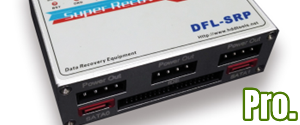
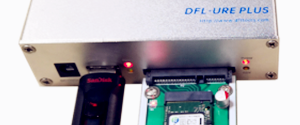
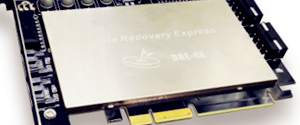

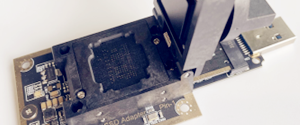
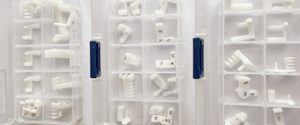
Comments are closed
Sorry, but you cannot leave a comment for this post.